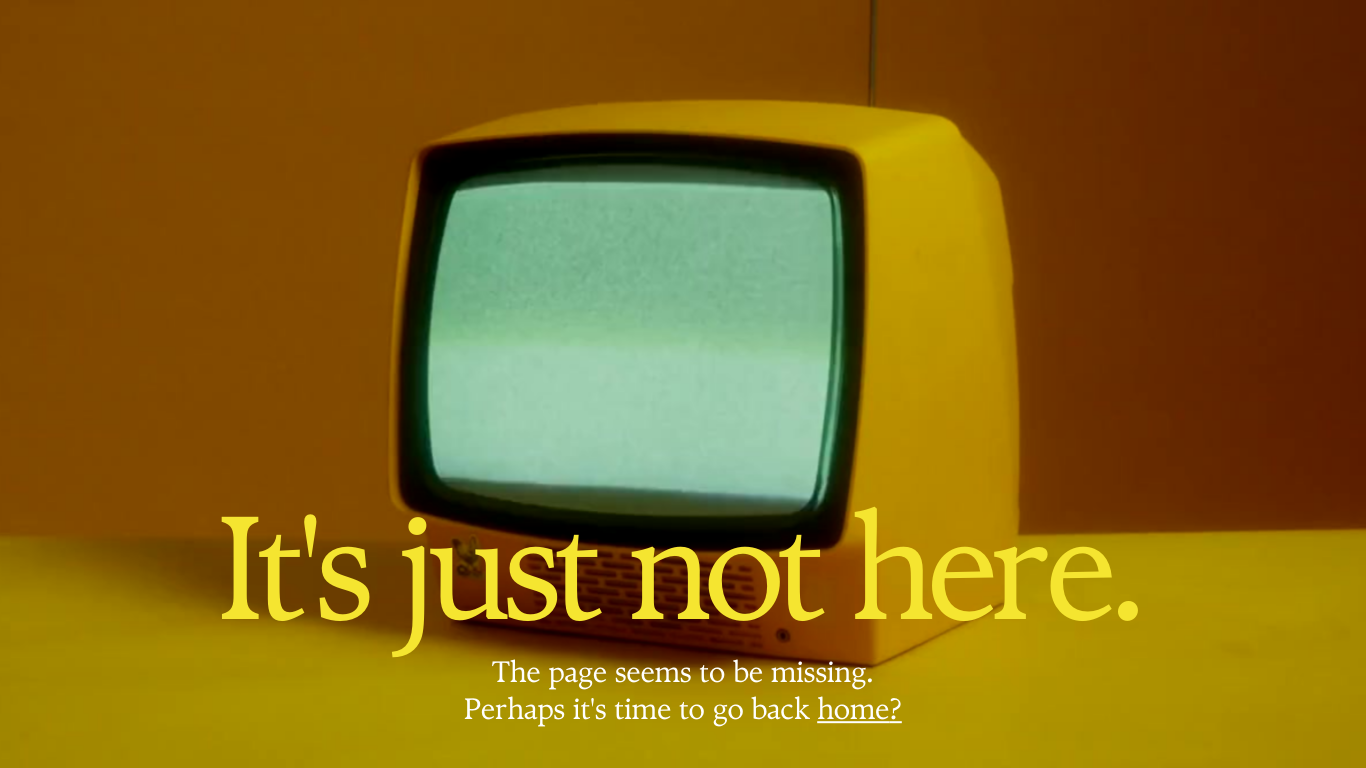Vikrant Bhise, Jayanti & Labour, 2023
In the early days of January, India’s prime minister Narendra Modi spoke for the first time about the Indian contemporary arts scene on his youtube channel. Referencing the India Art, Architecture and Design Biennale held at the Red Fort, New Delhi, in December, which he attended, Modi called the event a “celebration of our country’s diverse heritage and vibrant culture” and spoke about his pleasure at being able to interact with art and artists. Later, he published photos of the event on his own website. For a ten year presidency that has offered little financial support to the arts, and in an election year, this broadcast and coverage felt to some like nothing more than a publicity campaign.
“The art industry in India has been hard forged by artists with hardly any grants or government support” says Delhi-based artist Vikrant Bhise, “some people were suspicious by his attendance at an art event.” Due to this lack of support, Indian artists have taken the situation into their own hands and are proud of their homegrown grassroots contemporary art scene. The last five years has seen the Indian art market boom, culminating with the success of the India Art Fair, the largest art event in South Asia, which reached a crescendo in early February when it hosted its biggest event to date. The fifteenth edition of IAF hosted 109 exhibitors, with a mix of blue chip and emerging Indian galleries selling at the highest rates the fair has ever seen – Carpenters Workshop Gallery made a total of $1,615,000 in sales. IAF encapsulates an exciting time for Indian artists, who have long felt their practice is overlooked culturally.
Vikrant Bhise, Idols of Humanity, 2023
“In India people usually work fifteen hour days here and have little time for themselves afterwards” says Bhise, “Your whole day can easily be spent working, so fitting art and creativity in is hard” he says. The thriving arts industry in India is a tribute to the drive artists have – “the arts movement here is completely grassroots” Bhise says. His artworks Rise of Protest and Request for Justice series were exhibited with Anant Art Gallery this year at IAF. With this newfound platform, it was important for Bhise to address the thousands of Palestinian lives lost in the Israel-Gaza war. His work We Still Resit (Gaza), 2024, looks at the impact of images of war. “As the war has begun many violent images were shared of small children getting killed brutally. Day and night I couldn’t stop thinking of these children and their parents” he says of the work “because children build the nation.”
Bhise sees the Request for Justice series as a feminist piece. “It’s a comment about my wife and her work life” he says, “at one point she was working fourteen hours a day and having no time to herself, at all. But this is very typical of India, terrible working hours of working women, followed by the expectation that they then go home and look after the family.” He was inspired by the Mexican murals of Diego Rivera and José Clemente Orozco that depict the proletariat worker and wanted to use this format to present the daily grind of women in India. “Women have to do everything, they are the hardest workers” he says “their work never stops.”
Artist Sashi Thavudoz next to his India Art Fair Installation Symphony of Nature the Hormones … [+]
“Art fairs and biennials are crucial in making art accessible to a broader audience, and the India Art Fair has been leading in the South Asian region as an institution for the last 15 years” says Sashi Thavudoz, a Gujarat-based artist who exhibited for the first time at IAF this year. His immersive light and wood block installation Symphony of Nature: The Harmonic Forest was made in collaboration with the BMW The Future is Born of Art commission. “This project allowed me to showcase my work on a huge platform and is a remarkable achievement for my art career, it has been instrumental in significantly advancing my work” he says. Thavudoz believes that exhibiting at IAF has accelerated his career – “this project enabled me to engage with various individuals at various stages of the process, pushing me to surpass my creative limits.”
The 15th edition of India Art Fair exhibited over 150 artists, including Subodh Gupta who showed the … [+]
At a panel during IAF Through the Looking Glass, artists Anita Dube, Barthélémy Toguo and Jitish Kallat talked with Dr. Thomas Girst about the innovative ways young artists in India are establishing themselves. During their conversation, Dube noted that there was little government fiscal backing for the art industry in India “it’s up to artists to take initiative” she said. For Bhise, his gallery and IAF has opened him up to curators and collectors that he would never have met otherwise. “I sold just over half my work at the India Art Fair” he says, “and I have a new sense of momentum.” For Thavudoz, being in touch for the first time with curators and collectors from institutions such as Khoj International Artists’ Association, Asia Society of New York and the Tate has kick-started his career – “Ultimately, the installation gained exposure to a broader audience. It’s hard to underestimate that.”




